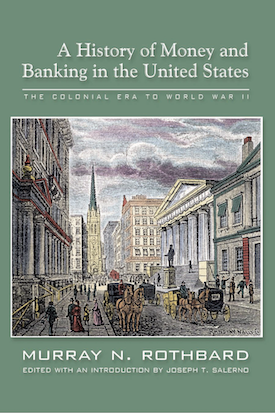 In the beginning…
In the beginning…
As an outpost of Great Britain, colonial America of course used British pounds, pence, and shillings as its money.
Great Britain was officially on a silver standard, with the shilling defined as equal to 86 pure Troy grains of silver, and with silver as so-defined legal tender for all debts (that is, creditors were compelled to accept silver at that rate). However, Britain also coined gold and maintained a bimetallic standard by fixing the gold guinea, weighing 129.4 grains of gold, as equal in value to a certain weight of silver. In that way, gold became, in effect, legal tender as well.
Unfortunately, by establishing bimetallism, Britain became perpetually subject to the evil known as Gresham’s Law, which states that when government compulsorily overvalues one money and undervalues another, the undervalued money will leave the country or disappear into hoards, while the overvalued money will flood into circulation. Hence, the popular catchphrase of Gresham’s Law: “Bad money drives out good.” But the important point to note is that the triumph of “bad” money is the result, not of perverse free-market competition, but of government…
We invite you now to read the complete book covering the Colonial Era to World War II. ~ Ed.








